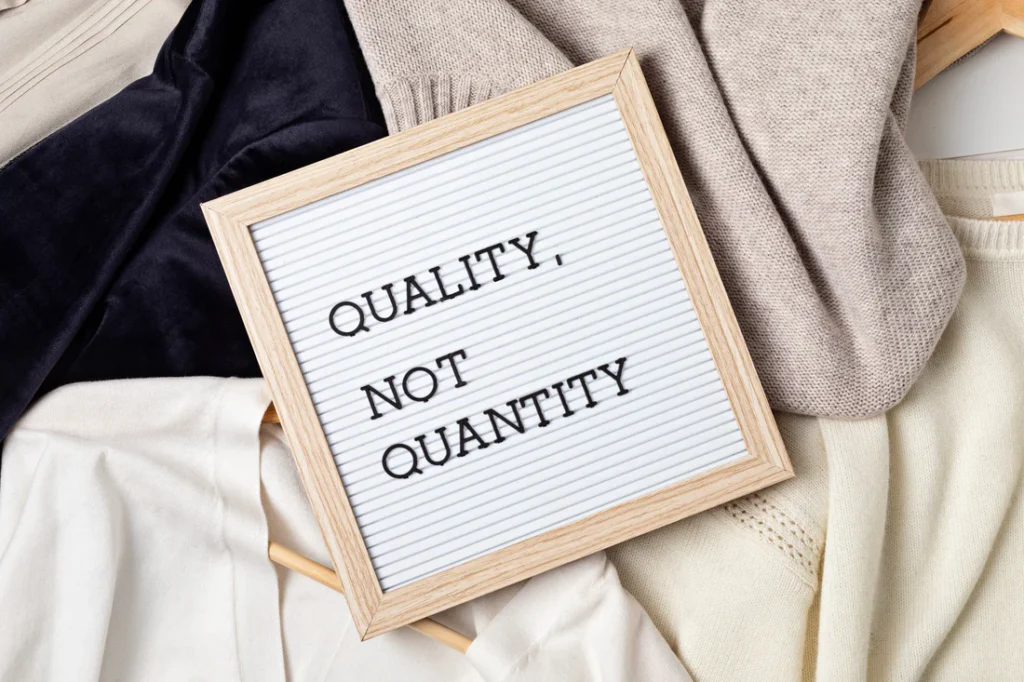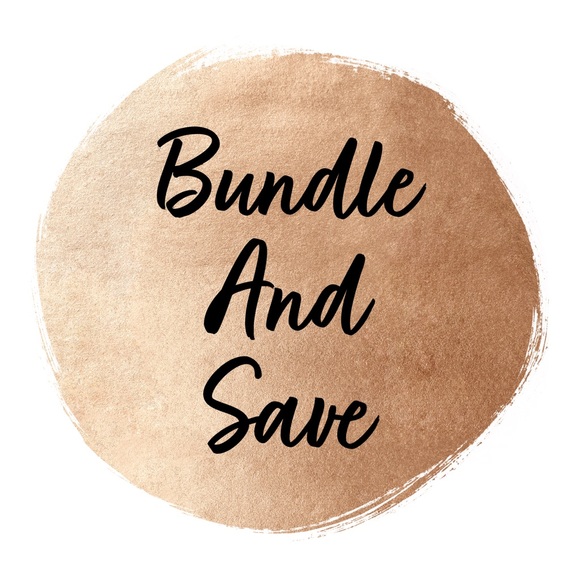In the fast-paced world of fashion, adaptability and innovation often determine success. One of the most dynamic retail strategies to emerge in recent years is the pop-up store. These temporary retail spaces have revolutionized how fashion brands interact with their customers, blending experiential marketing with short-term sales strategies to create memorable shopping experiences.
This article offers a comprehensive deep dive into pop-up stores, exploring their purpose, benefits, and strategies for success. Whether you’re an emerging designer or an established fashion powerhouse, understanding the mechanics of pop-up stores could transform your brand’s retail game.
1. What Are Pop-Up Stores?
A pop-up store is a short-term retail space designed to showcase a brand, launch a product, or engage directly with customers. Unlike traditional brick-and-mortar stores, pop-up stores are temporary, lasting anywhere from a few days to several months. They are often located in high-traffic areas such as shopping malls, busy streets, or event venues, maximizing exposure within a limited timeframe.
Pop-up stores blend physical and experiential retail, often featuring interactive elements like workshops, live events, or exclusive collections.
Key Characteristics of Pop-Up Stores
- Temporary Nature: Operate for a limited duration.
- Flexibility: Allow brands to experiment with new locations, markets, or concepts.
- Targeted Engagement: Focus on creating buzz, testing ideas, or promoting limited-edition products.
2. Why Are Pop-Up Stores Important for Fashion Brands?
Pop-up stores have emerged as a powerful tool in the fashion industry, offering brands a way to cut through the noise in a competitive market. Here’s why they matter:
a. Direct Customer Interaction
Pop-up stores provide an opportunity for brands to engage directly with customers, building relationships and collecting feedback in real-time.
b. Experiential Marketing
These spaces are designed to offer unique, immersive experiences that go beyond traditional shopping. They turn retail into an event, making it memorable for consumers.
c. Cost-Effective Strategy
Opening a permanent store is a significant investment. Pop-ups allow brands to test markets or concepts without long-term financial commitments.
d. Brand Awareness and Buzz
The exclusivity and limited-time nature of pop-ups create a sense of urgency, attracting media attention and driving customer foot traffic.
e. Omni-Channel Integration
Pop-ups can seamlessly integrate with e-commerce, acting as a bridge between online and offline shopping.
3. Goals of Pop-Up Stores in Fashion
Pop-up stores are versatile and can serve a variety of purposes depending on a brand’s objectives:
a. Launching New Collections
Fashion brands often use pop-ups to debut new lines, offering an exclusive first look to select customers.
b. Testing New Markets
For brands looking to expand geographically, pop-ups provide a low-risk way to gauge market demand.
c. Clearing Inventory
Pop-ups can also function as temporary outlets to sell excess inventory or past-season collections.
d. Building Hype
A well-executed pop-up can generate significant buzz, especially when tied to a celebrity event, limited-edition drop, or collaboration.
e. Customer Feedback
Direct interaction with customers at a pop-up allows brands to gather insights that can inform future designs or strategies.
4. Designing a Successful Pop-Up Store
Creating a successful pop-up store requires strategic planning and flawless execution. Here are the key steps:
a. Define Objectives
- Are you looking to increase sales, build brand awareness, or test a new market?
- Clear goals will shape every aspect of your pop-up strategy.
b. Choose the Right Location
- Look for high-traffic areas aligned with your target audience.
- Popular options include urban centers, shopping malls, and trendy neighborhoods.
c. Curate the Experience
- Thematic Design: Align the store’s aesthetics with your brand identity or campaign theme.
- Interactive Features: Include workshops, fashion shows, or styling sessions.
- Technology Integration: Use AR/VR to let customers try products virtually.
d. Promote the Pop-Up
- Build anticipation through social media, email marketing, and influencer collaborations.
- Create a countdown and leverage hashtags to engage your audience.
e. Measure Success
- Track foot traffic, sales, and customer feedback.
- Use analytics to assess whether the pop-up met your objectives.
5. Benefits of Pop-Up Stores for Fashion Brands
a. Cost Efficiency
Opening a pop-up store is significantly cheaper than setting up a permanent location, allowing brands to allocate resources to other strategic areas.
b. Increased Brand Visibility
A pop-up store can serve as a marketing campaign in itself, drawing media attention and boosting brand awareness.
c. Exclusivity
The time-limited nature of a pop-up creates urgency, encouraging customers to act quickly.
d. Omni-Channel Synergy
Pop-ups can be designed to complement an online presence, driving traffic to e-commerce platforms or vice versa.
e. Customer Insights
By interacting directly with customers, brands can collect valuable feedback on product preferences, pricing, and more.
6. Challenges and How to Overcome Them
While pop-ups offer many benefits, they also come with challenges:
a. Logistics and Planning
Setting up a temporary store requires meticulous planning, from securing permits to designing the space. Partnering with experienced event planners or agencies can help.
b. High Expectations
Customers expect pop-ups to deliver unique experiences. Invest in creativity and execution to ensure the space lives up to the hype.
c. Measuring ROI
Quantifying the success of a pop-up can be tricky. Combine sales data with qualitative metrics like social media engagement and press coverage to gauge impact.
7. Real-Life Examples of Successful Pop-Up Stores
a. Chanel’s “Coco Game Center”
Chanel turned its Tokyo pop-up into an arcade-inspired experience, blending gaming with beauty and fashion to attract younger audiences.
b. Louis Vuitton x Supreme Collaboration
The Louis Vuitton x Supreme pop-ups sold out within hours, demonstrating the power of exclusivity and hype-driven marketing.
c. Glossier Showroom
Glossier’s pop-ups focus on creating Instagram-worthy moments, ensuring their customers promote the brand organically.
8. Future Trends in Pop-Up Retail
a. Sustainability
Eco-friendly pop-ups made with sustainable materials resonate with today’s environmentally conscious consumers.
b. Digital-First Integration
Pop-ups are increasingly integrating digital tools like virtual mirrors, QR codes, and augmented reality to enhance the shopping experience.
c. Global Reach
With international travel resuming, brands are using pop-ups to engage with global audiences, hosting events in major cities worldwide.
9. Conclusion: Pop-Up Stores as a Game-Changer for Fashion Brands
Pop-up stores are more than just a trend—they’re a strategic tool for fashion brands to connect with customers, test ideas, and drive sales in a competitive market. Their versatility, cost-efficiency, and ability to generate buzz make them a must-consider option for brands of all sizes.
By investing in creativity, leveraging technology, and focusing on customer engagement, fashion brands can transform their pop-up stores into unforgettable experiences that drive long-term value. In the ever-evolving fashion industry, where innovation reigns supreme, pop-up stores remain a cornerstone of retail strategy.



